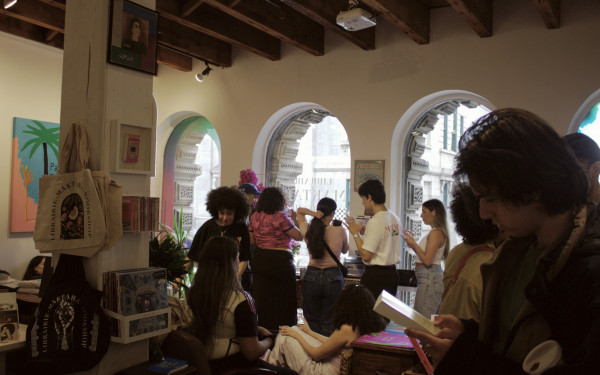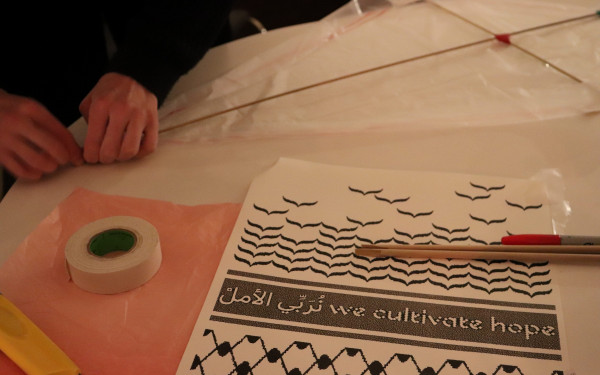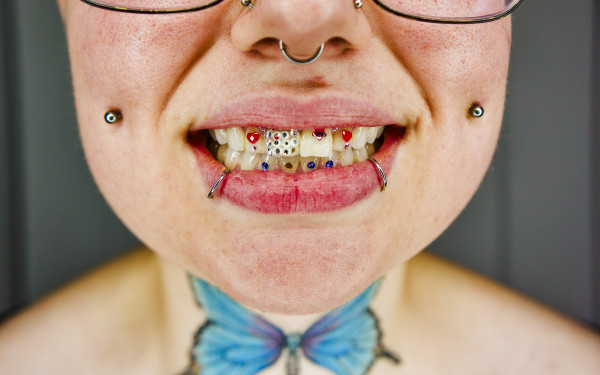Do or DIY: A look into Montreal’s homegrown tattoo scene
Discover how self-taught tattoo artists are reshaping the industry
Let’s face it: tattoos no longer hold the same off-colour reputation they once did. Nowadays, it seems everyone—from kindergarten teachers to pastors—has at least one. The demand for body art has gone up dramatically and the number of tattoo artists has followed suit.
Recent years have seen a rise in do-it-yourself (DIY) tattoo artists in particular. Artists are learning on their own or through their peers rather than putting themselves through the traditional gruelling tattoo apprenticeships. These artists usually work out of home studios or shared spaces with other DIY artists. They mainly find their clientele through social media, and are able to build their own unique style and make a name for themselves rather than blend into the lineup of a tattoo shop’s staff.
Montreal, with its reputation as Canada’s hub of arts and culture, has become the home of a thriving DIY tattoo scene. However, the city’s penchant for the arts isn’t the only thing that has allowed the proliferation of DIY tattooing. In Montreal, the legal context in which tattooing can take place isn’t so much unique as it is non-existent—the province of Quebec doesn’t have a single law regarding the trade.
“It’s weird when you realize we’re not communally deciding not to follow the rules. The rules just aren’t there,” said Bex Levesque, a DIY artist who has been tattooing for a little over a year. The 21-year-old has a background in visual arts and the transition to tattooing simply afforded them a new medium with which to express themselves.
When Levesque began tattooing, they were only inking their own body, a rite of passage for most new tattoo artists. However, as soon as they started working on other people, the health and safety of their clients became a top priority.
Unfortunately, client safety and sanitation isn’t a paramount practice for every artist.
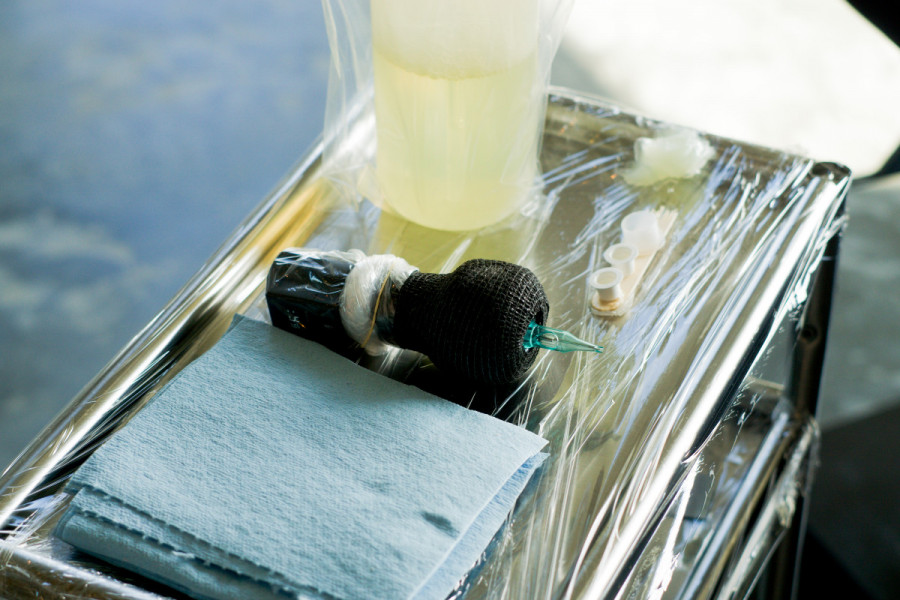
Levesque explained that even the most minute details, like frequent glove changes or waiting a full 60 seconds after spraying disinfectant, are crucial. “Stuff like that? A lot of people just don't do it,” they shared.
The risks of poor sanitation practices range from bacterial skin infections to chronic bloodborne diseases like HIV or hepatitis. Clients aren’t the only ones at risk; inadequate tattoo hygiene can lead to artists infecting themselves too.
While individual shops and studios may impose rules and regulations on their artists, there are no legal requirements for budding tattoo artists in Montreal. With no formal training or health and safety certifications needed, the degree of precaution DIY tattooers take is entirely informed by their own research—or lack thereof.
Levesque elaborated: “I think because we [DIY artists] aren’t learning in that more standardized environment—where you have extremely experienced artists teaching you, forcing you to just do the cleaning shit for a year during your apprenticeship—we’re all learning from each other through tattoo trades and word of mouth. So, the extent to which you decide to do your research and inform yourself really just depends on how much you care and how serious you think it is.”
Traditionally, hopeful tattooists work under a mentor in a shop for years before becoming artists in their own right. While classical apprenticeships in a shop environment might lead to more stringent health and safety practices, this format comes with plenty of socio-economic barriers.
“[In] the classic apprenticeship model you have to pay a huge sum of money—generally thousands of dollars—to even be allowed in the space,” explained Arnaud Clermont, an artist who’s been in the industry since 2016. “You end up just being an assistant—people who do those old-school mentorships usually let years go by before even letting their apprentices touch a machine.”
For Clermont, it was obvious from the get-go that a traditional apprenticeship wasn’t going to work.
“I started to [tattoo] on my own because I knew I didn’t want to do it through the apprenticeship model,” he said. “There are definitely advantages to apprenticing. It definitely proves resilience and gumption on the mentees’ part, but I also believe it leaves too much room for abuse of power because of the relationship it creates.”
Though he admittedly hasn’t experienced it first-hand, Clermont says these power abuses are very often gender-based.
“There’s a lot of selectivity going on in traditional tattoo shops in regards to the people they take on as apprentices, and it’s typically very closed off to women. It’s very misogynistic; there’s a lot of male egos to contend with.”
Clermont works out of Grey Market Salon, a space shared by several DIY tattoo artists, and the space strives to distance itself from the male-dominated norm. Since its inception, the studio has had a majority of female artists. Clermont explained that Grey Market’s artists represent a wider shift in the industry.
“In recent years, especially in Montreal, there’s a lot more women tattooing. The DIY scene plays a huge part in that because they don’t have to go through apprenticing for some 40-year-old man who just wants to have young women around him.”
The male-dominated aspect of the industry isn’t only felt by the people working within it, as clients are affected as well. Melodie Provencher is no stranger to getting tattooed; at barely 25 years old, she has over 65 tattoos with no plans to stop any time soon.
“When I first started getting tattooed, it was in traditional shop environments and it always felt very male gaze-y,” she explained. “When I got my breasts tattooed the artist didn’t ask me if I was comfortable or offer anything to cover up. I just had to have my boobs out in a shop full of men.”
When Provencher discovered the world of DIY tattooing, she realized tattoo sessions didn’t have to be loaded with discomfort.
“The tattoo artist took more time with the consultation. There was way more room for me to communicate my boundaries and concerns. I felt a lot safer and the approach felt a lot more human,” she said.
DIY tattooing is bringing about huge changes to the landscape of the industry and the experience of getting tattooed. So, it should come as no surprise that tattooing methods and techniques are also being transformed.
“A lot of the technique that looks funky that you see from DIY tattoos is because people are learning their own way to tattoo,” said Levesque. “You can discover new ways and different ways of tattooing, things you’re not technically supposed to do. That's how you get super cool artists doing super cool, new, funky things.”
Clermont also sees how DIY tattooing has broadened the tattoo industry.
“Tattooing styles used to be very gatekept but I feel like it’s opened up a lot in the past few years. The biggest thing is getting the sanitary aspect down. Everything else pertaining to style and creativity? You can just fuck around.”
The open-mindedness and experimentation that have become characteristic of DIY tattooing mean that there is tons of room for creativity. To the artists, that is the highlight of the practice.
“It’s the one job that doesn’t feel like a job. Being able to create original artwork on people, in such a permanent way, it’s just incredibly gratifying,” Clermont explained.
“Being able to tattoo my art on people?” said Levesque. “It’s so fucking surreal. I don’t think it’s something I’ll ever wrap my head around.”

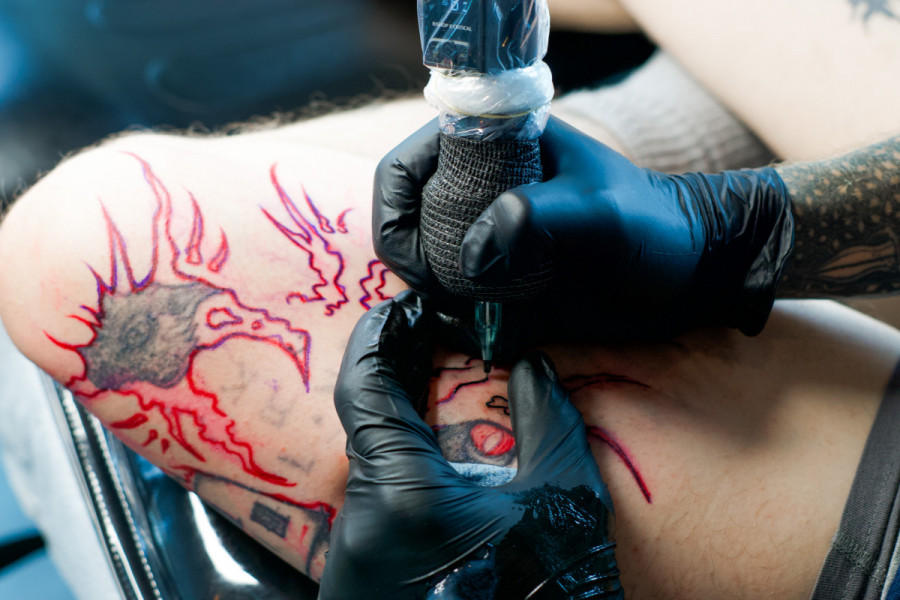
_600_832_s.png)


